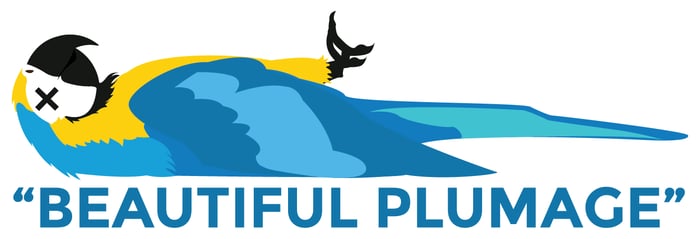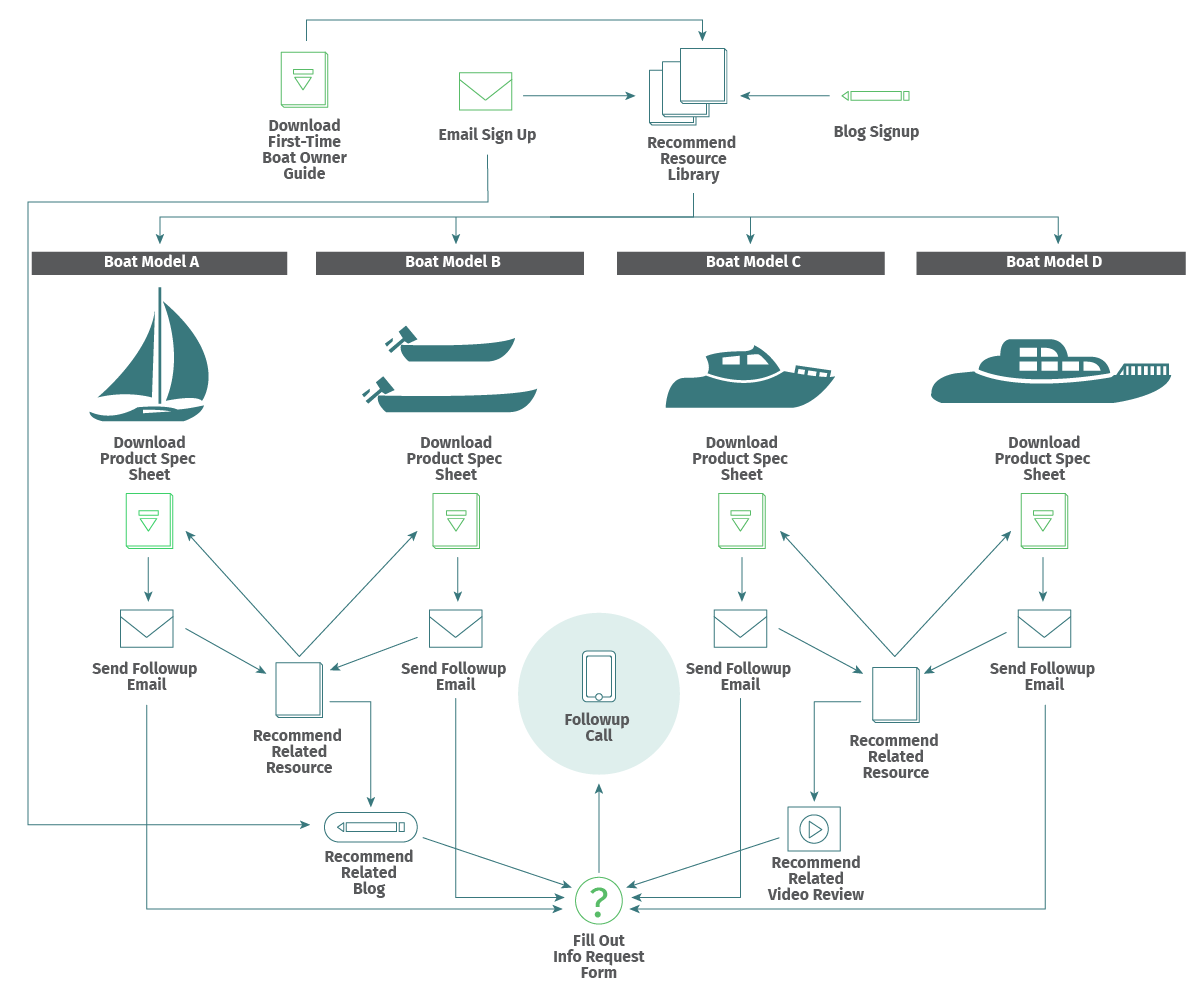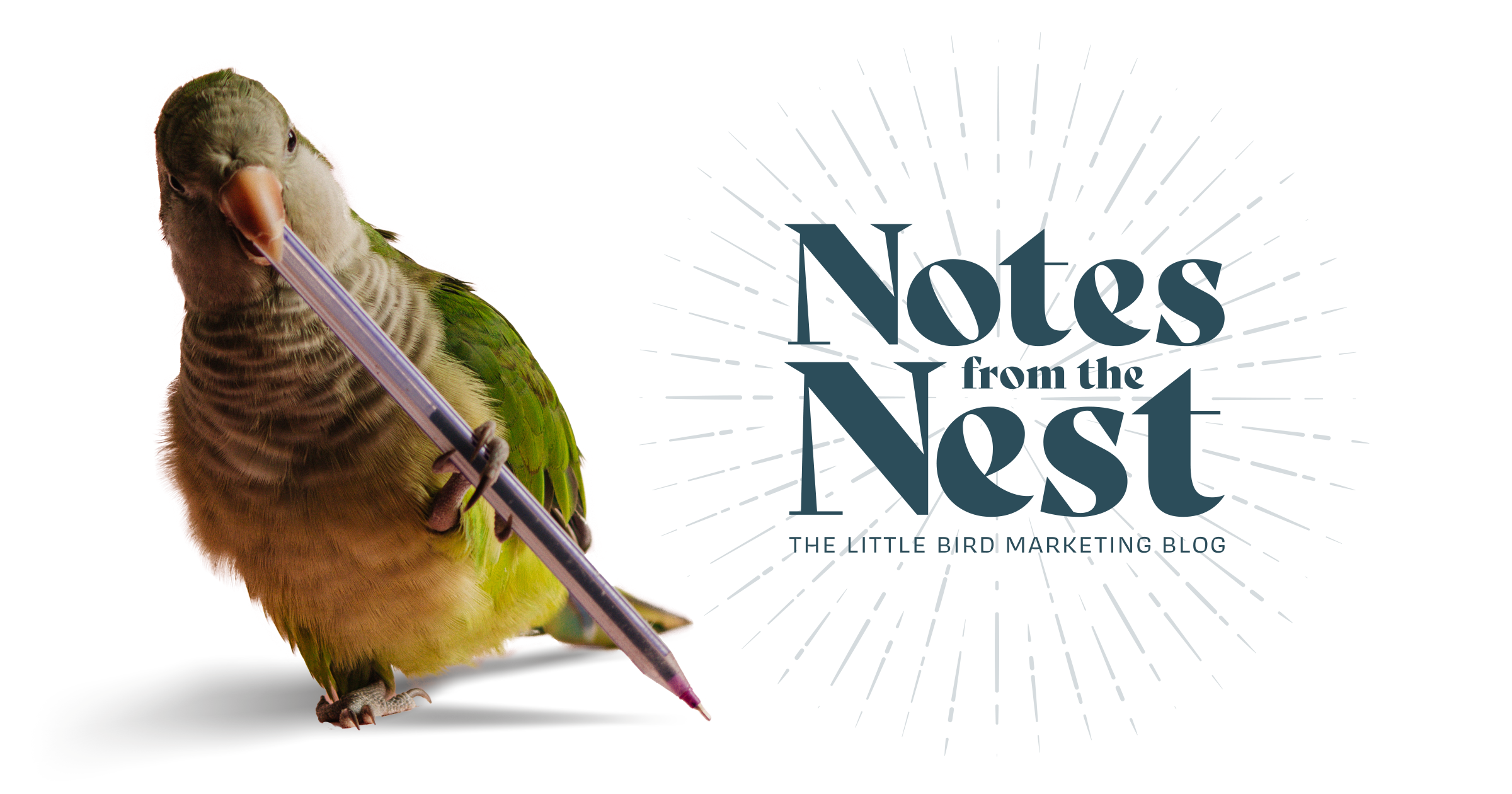“Bereft of life, it rests in peace! If you hadn’t nailed it to the perch, it’d be pushing up the daisies!”
I can think of no better illustration of a complete absence of empathy than Monty Python’s Dead Parrot sketch. And as funny it is, it also hits on a painful truth: the sales stigma.
If you haven't seen this sketch, check it out here.
The sales stigma isn't just one thing: it's tied up in every used car salesman who ever tried to hawk a lemon with the full knowledge that it would break down the next day. It's a false smile that can be flipped on and off based on commission probability. It's the same piece of junk mail sent to every single person in a postal code. Every negative sales experience we have endured has helped shape it.
Unfortunately, marketing has been attempting to sell us a metaphorical “deceased Norwegian Blue” for ages. Following this mindset, companies try to sell customers what they don't want and spend most of their efforts convincing them (by attrition mostly) that it is what they want! The stigma has become ingrained in our collective consciousness. We’re jaded. 
Instead of clinging to the existing paradigm, we need to begin interacting with our ideal clients on a more personal level. This requires a proactive marketing strategy, so we can cut through years of complicated marketing baggage we’ve inherited. Enter workflows.
I’ve been informally referring to 2017 as “The Year of the Sophisticated Workflow.”
To clarify, when I refer to workflows, I’m speaking about the automation of communication pathways. In inbound marketing, we’re primarily interested in making connections with ideal clients. It’s an opt-in scenario. The customer is in the driver’s seat, and we act as the navigator. In order for us to navigate them correctly, it's critical that we are able to understand their journey.
How Workflows Relate to Empathy
Empathy, in its simplest form, is the ability to understand another person’s point of view. This is a ground-up principle for inbound marketing. Here’s an overview: First, we develop a snapshot of our ideal clients (personas). Second, we put ourselves in their shoes when considering what content we should develop to entertain or assist them. Third, we learn from and adapt to their actions. This is where workflows shine.
Let’s say, for instance, that you’re in the market for a new boat. In researching your dream boat, you have found a company online that sells the type of boats you are wanting. Not only that, but they have written excellent independent reviews of each boat, and they have good blogs, and loads of free downloadable content with supplemental information about boating. Because this site has all the good stuff, you've given them your email address in exchange for some helpful downloads, and you're now on their emailing list.
If the people marketing this site are doing their due diligence in inbound marketing, they will have established a framework of automated workflows. As soon as you have identified yourself as an ideal client, there should be a network built from the materials you download. Using that unique network, built from your preferences, an automated workflow can deliver customized information to you. Here are a couple examples of email workflows:
1. “Since you’re interested in our Model C boats, you should look at our page about Boat Model D, because they share these common attributes.”
or
2. “Boat Maker B, in whom you are interested, is now developing new larger sizes! We wrote a blog about it, check it out!”
or
3. “We have added new video reviews of boat Model D, for which you downloaded spec sheets. Click here to watch!”
Sophisticated workflows allow us to automate a customized pathway that adapts to the customer's actions in real time. Developing these networks for specific content curation and timely delivery is a huge focus for us right now.
The Mind Map

Trouble is, by the time you have a handful of blogs or articles, videos, downloadable resources, and podcasts available, the possibilities for curation become daunting. Workflows for each piece of content, and then the various combinations?? Too many options! If you’ve been generating content for over a year, the possibilities are terrifying!
To combat this, we do two things:
1. Return to the perspective of our ideal client, and
2. Study the existing analytics to find trends.
These are of equal importance.
In the first method, we take a walk through the possible scenarios using the mindset of one of our ideal customers. This will place inherent restrictions on the possibilities of the buyer's journey. It’s thought-intensive (like a logic game), but worth it to walk through the possible steps for each ideal customer.
The second method is to use your existing data to identify potential workflow connections. It can be easy to analyze trends in traffic to expose connections you may not otherwise recognize.
Once you've done these, create a mind map that shows the possible outcomes, and use this data to create some great workflows that will automatically be sent when your prospects meet the right criteria.
Simplicity: Sometimes It’s About What You Don’t Say
If the mind map sounds complicated, don't lose heart. Sophistication isn’t just about complexity. It’s also about restraint.
We’re interested in creating a positive, helpful and engaging experience for ideal customers. It can be easy to get carried away and become too helpful. We have two safeguards in place for this – exclusion and frequency.
Stop repeating yourself. (Stop repeating yourself) lol. jk.
There’s a fine line between helping a buyer, and battering them over the head with a product or service.
Elimination workflows stop you from sending irrelevant content, or repeat content suggestions to people. These are a specific fight against redundant curation.
For reference, let's return to the aforementioned boating example. If your customer has already downloaded information about Boat Maker A, don't send them emails trying to introduce them to Boat Maker A. They already know about them!
This type of oversight simply exposes a lack of personal connection to your customer. Bad form.
When frequency of communication is the question, examine your ideal client. Smothering would-be customers isn’t any better than trying to persuade them that the dead parrot they’re holding is “pinin’ for the Fjords.”
Basically, sometimes you'll need to create restrictions on automation. Robots don’t intuitively understand tact…yet. Just remember the old saying for selling newspaper ads, “Tis the constant dropping of water that wears away the hardest stone.” Then, do the opposite of that!
Brave New World
Summarily, workflows are based on concepts that exist in the non-digital world. A follow-up call, a thank you card, or a movie recommendation to a friend are all examples. Workflows exist to introduce interested buyers to helpful information. They’re just another extension of how empathy is important when planning your marketing interactions.
The better we become at providing a mutually beneficial marketing experience, the sooner we can disprove that sales stigma.
Watch the Dead Parrot sketch.
This blog post was originally featured in Greenbook's "Marketing Best Practices" series.





Let Us Know What You Thought about this Post.
Put your Comment Below.